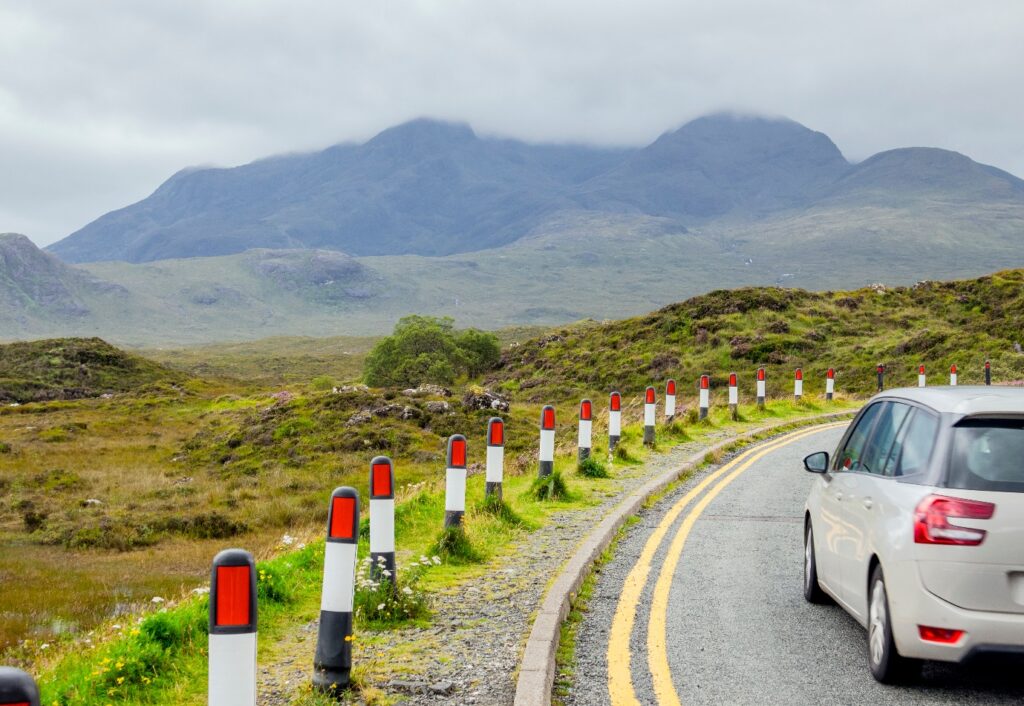Your guide to rural driving as a new driver

When you think of rural driving, you might imaginechilled road trips, lanes devoid of traffic and scenic routes, and you wouldn’t be wrong. However, picturesque winding roads present their own set of unique driving challenges, that as a new driver, you might not have encountered much of before.
With high hedgerows and lanes that twist and turn, also comes the risk of not being able to easily identify hazards that you may be approaching. What’s more, you might encounter bumper-to-bumper traffic in a city, or huge queues on the motorway, but on a rural lane, you might encounter cows crossing the road, or might have to pass a horse and their rider, wide and slow. The point is, you’ll have to drive extremely carefully on rural roads, since you never know what you might find around the next bend.
Mastering rural driving is part of the right of passage of becoming a fully-fledged driver. With Bill Plant Driving School, for example, your instructor will have introduced you to a range of different road types, to help you to become a well-rounded driver. Of course, the best way to learn to drive rurally alone is to get out there and slowly start exploring the roads, but so that you know what to expect, here’s a guide to rural driving.
Reduced visibility
As previously mentioned, rural roads aren’t always straight forward, literally. Winding country lanes are rife with narrow bends and blind corners. Although the national speed limit applies to the majority of rural roads, you’ll have to be sensible and use your own judgement, since you never know who or what could be lying behind the next turn. In the countryside, you might be sharing the road with horse riders, cyclists and of course, wildlife, so just because you can go 60mph, doesn’t mean that you should.
Visibility is also reduced on country lanes at night, because of the lack of streetlights. Because of this, it’s vital that you regularly check that your lights are working effectively and that your headlights are clean, so that you have the best visibility possible when driving after dark. Night driving on a country road will most likely require you to use your full beam headlights. When using these, it’s important that you remain vigilant and be aware that you’ll have to turn them off if there’s a vehicle approaching, to avoid dazzling them.
Respect the wildlife and livestock
The countryside belongs to nature and so it’s vital that you drive carefully on rural roads. It’s very common for wildlife to enter the road, which puts both the animal and you at risk of harm. If a small animal wanders onto the road, then it is important that you break to avoid hitting them (if safe to do so). Of course, you should never put yourself or your passengers in danger by swerving or breaking if you cannot safely avoid the animal. If a large animal enters the road, like a deer or sheepfor example, then you should break hard to avoid them, or sound your horn to encourage them to move. Larger animals can of course cause serious damage to your vehicle and puts you at risk of injury.
When in a city you might have to wait at a zebra crossing whilst pedestrians cross, and in a town a lolly pop lady might stop you so that school children can safely cross. However, in the countryside, it’s a regular occurrence for a herd of cows to cross the road, since farmers often have to move their livestock to different fields. Unfortunately, they may take a while to cross, since they’re animals at the end of the day and don’t understand that you might be in a rush. You’ll have to wait patiently for them to cross and give them plenty of room. It’s important that you ensure that you take unexpected delays into account when planning your rural journey, since you never know what traffic you might meet on a country lane.




